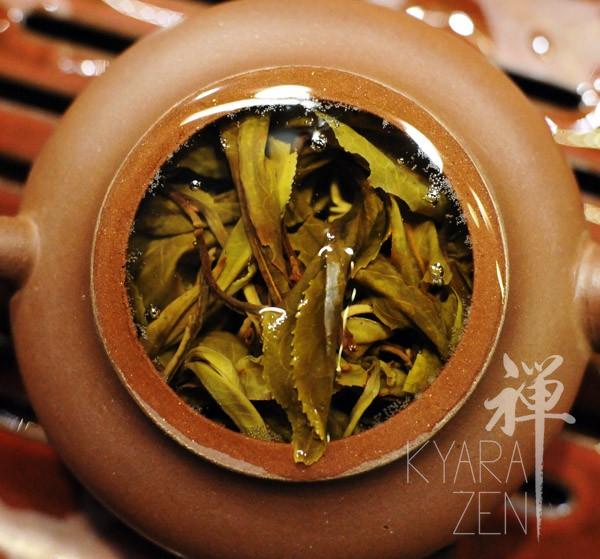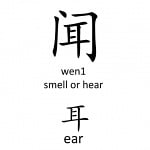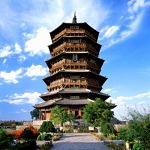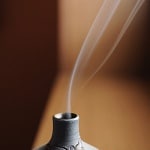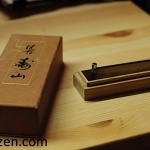I had been wanting to write this for the longest time, and since I managed to get a breather from work these few days, I thought I would attempt something challenging.
This is particularly a dangerous topic to write about as it may lead to misconceptions of other people on me and my website. People have often confused themselves with the aims and motivation of my writings, some thinking that I’m trying to market or push forth myself as an incense master or tea master. In reality, I’ve absolutely zero intentions to be a “master”, its not necessary, because being a Master is just being one of the extremes, and when one reaches the top, it marks the beginning of deterioration and a fall back to ignorance. I would rather be an eternal student if there are real teachers around.
My writings are simply intended to educate through summarizing, rationalizing informations collected from many sources over a long period of time, making them available in condensed and analysed forms for you, the reader, to become knowledgeable develop your own interpretations.
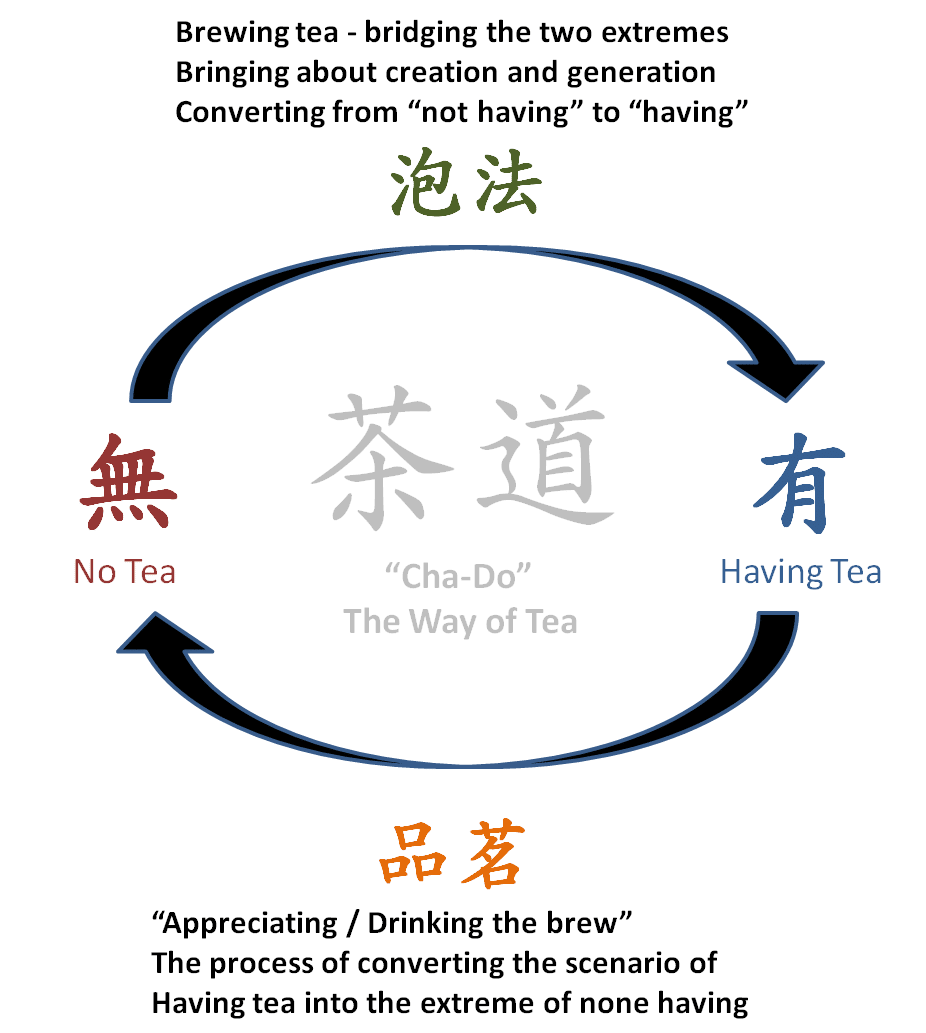
What is Cha-Do or the Way of Tea; Or what is Ko-Do, the way of incense?
From the Tao De Jing approach, we have to acknowledge the dialectical existence of the two extremes when it comes to Tea or Incense, first, being a state of absence, not having, and the second, being the state of presence and having.
The Way of Tea or Incense, is simply the cyclic nature, interdependent self generation of these extremes. It is just like how in different major incense and chado schools have different emphasis, i.e. one school believes the processes, ritual, the practical skills to be the “way”, whilst another school thinks otherwise, that the appreciation is more important. Both are right, and both are just as important. The rituals and processes of brewing or preparing, gives rise to the existence of tea brew or the incense product. The tea or incense when appreciated and consumed, gives rise to the cessation of the existence of the tea or incense.
As I had written several steps and procedures for the heating or burning of incense before, and have also lined up several articles on traditional brewing styles, I’ll not cover the procedural aspects of the Way, but will instead write about tasting/appreciation of Tea.
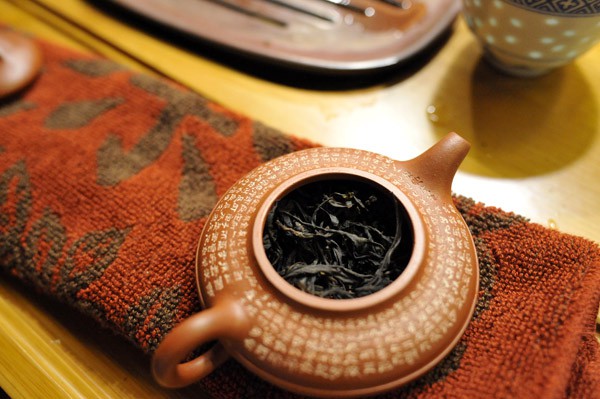
Here are Twenty Tasting/Appreciation Tips that can be useful for your consideration the next time you have a cuppa.
1) Tea Nature
Is the tea intense, strong, energetic, quiet, laidback, bold, feminine? This is something macroscopic, almost like a direct opinion without need of much thought.
2) Tea Characteristic
Refers to the fullness of the brew in the mouth, is it heavy, light, is it cloying or transient?
3) Fragrance
Important aspect of tea, within the mouth, does the fragrance appear or linger on the surface of the tongue, or is it at the rear? or is it high and floaty into the nasal cavity? What are the different aromatic notes present, how do they present themselves and the quality of the transitions within and between steeps.
4) Bitter/Astringency
Bitter is a taste, Astringency is a negative feeling. Bitter can be enjoyable, astringency is almost never appreciated. Without Bitter, there is no hui-gan.
5) Sweetness
Direct sense, degree of sweetness when the brew is in the mouth
6) Hui-Gan (returning sweetness)
It refers to the sweetness that is generated in the mouth, throat, after drinking the tea. It doesnt appear when the tea is in the mouth, but post drinking, sometime after. It can be fast, it can be slow, it can be long lasting, it can be transient, it can occur at different positions
7) Salivating
Does it make the cheeks, tongue, beneath the tongue, salivate? This is particularly important for good teas, as tea is known to 生津.
8) Dehydrating/drying
Does it make the mouth feel dry, tight sensation of the tongue or the throat? It may happen for some aged teas, some lower grade oolongs etc.
9) Brew Texture
The physical feeling of the brew in the mouth, or the physical impression given to you when drinking the tea, it can be smooth, lively, active, rough, sandy, thick, thin, sharp, dull, blunt, delicate, silky, etc.
- Smooth – easy to drink, comfortable,
- Soft – melts in your mouth feeling
- Lively – dynamic, energetic tasting
- Sandy – rough, gritty, like drinking a bowl of red bean soup
- Thick, thin, or sharp – feeling in the mouth
10) Layers
Is the fragrance of the tea multi-dimensional? does the fragrance evolve from one to another during the drinking process of a single steep? Do you know the taste of plain water and is the water “tastable” in a brew? If you steep a tea like ten to twenty times, the more you steep, the more apparent the “Water” is. It is sometimes preferred to stop steeping when the “Water” appears. In very good teas, the “water” disappears, all you get is a very pure sensation of tea.
11) Yun 韵
This is something really really hard to explain, and yet it is one of the most important aspects in good tea. It is like a summation of the nature of a tea, the spirit, the essence. there should be a separate article on this.
12) Roasted notes
It can be smoke from processing, or the roasty notes from over or fresh roast etc. it can be nutty, woody, smoky, acrid. it can also diminish over time in storage or based on the brewer’s skills. If its too roasty, smoky, it would suggest poor processing. Premium roasted teas are often aged sealed for several years for the roasted notes to disappear before being sold or brewed.
13) Fruity notes
Usually for modern pu-erh, or oolongs, TKYs, fruity notes exist, and one would sometimes find raisins, grapes, honey pear, fig, peach, apricot, and many more fruits.
14) Sourness
A direct taste. it can be from poor storage, over aging of tea in the wrong conditions, the brew becomes acidic. It can also be low quality tea, lots of twigs.
15) Damp taste
A wet, musty taste, sometimes mouldy taste depending on severity, usually a negative trait.
16) Green Taste
It can be green like green pea pods, it can be dull green like boiled spinach, it can be mung bean greeness, it can be vegetable greeness, it can also be sunny greeness (a typical effect when the tea is exposed to light for too long, you can try expose some green tea to strong light for a while to discover this note). It is an indication of the youth of the tea, the degree of freshiness and its oxidation state.
17) Throat locking
Usually refers to bad tea, it makes the throat feel bad, uncomforable, the mouth feeling vile
18) Cha Qi
The effect of tea on our human body. It perhaps can make you go into a calm, open, clear minded state, it can cause you to feel warm in different areas, or even sweat.
19) Aged Taste
It refers to the unique woody, old book scent, taste, vanillic, sweet, something that only appears with proper and sufficient aging.
20) Throat Yun
Is the throat feeling the sweet, lingering sweetness, like liquorice, or does it feel moisturized, comfortable like thirst being quenched?, or does it feel dry, like having had some alcohol/whisky/vodka?
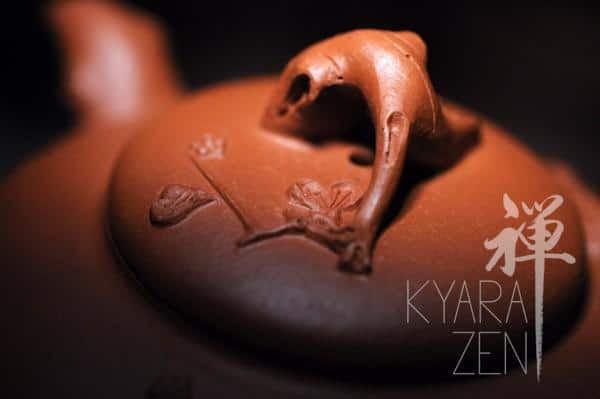
Its not necessary to create a check list to judge a tea, but instead if one naturally and slowly understands these points over time, one will subconsciously become a much more experienced taster.
Actually there is a 21st Tip/Point, which is something intriguing. It is the “tastelessness” or “no-taste”
21) No Taste.
Perhaps it just means 无味之味 (wu wei zi wei). A Zen realization of the taste of No Taste.
Some tea masters note that when people are young, or early in the hobby, they go for all sorts of dynamic tastes, and depending on the size of their egoes they will start to clamour for more expensive teas, they will aim for top end products in a rather extreme manner and become a literal tea snob. But as people develop and mature in the hobby, suddenly there is a return to tastes that are balanced, teas that simply taste like “tea” and not trying to be some floral, fruit juice, not incredibly exciting nor fascinating, not crazy dynamics. Some tea masters even say that the older they get, the thinner they brew their tea, perhaps to enjoy the contrast of taste, between taste and tastelessness. More food for thought?
